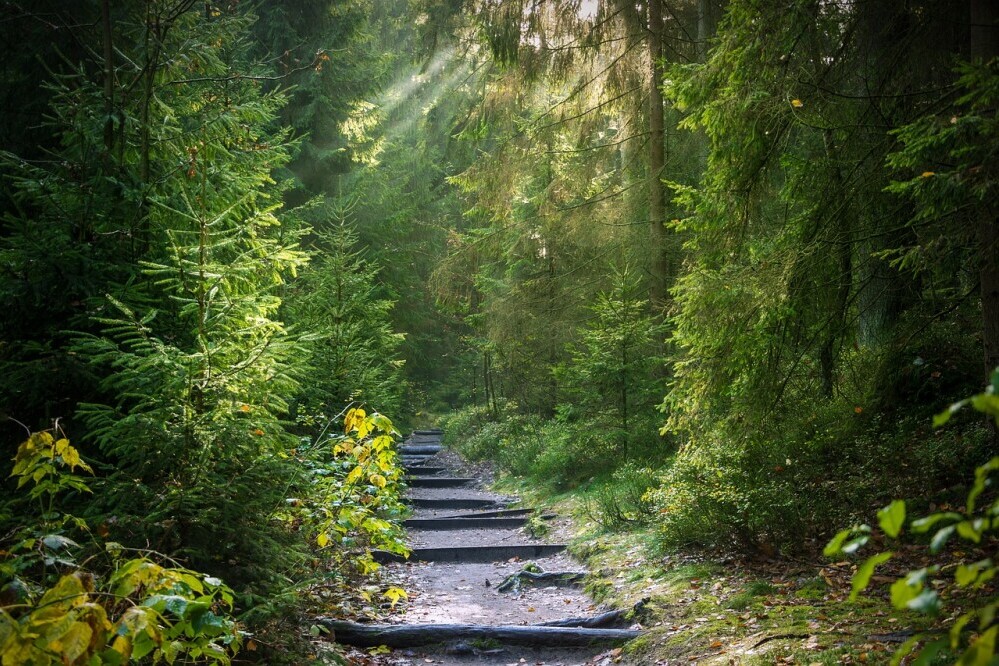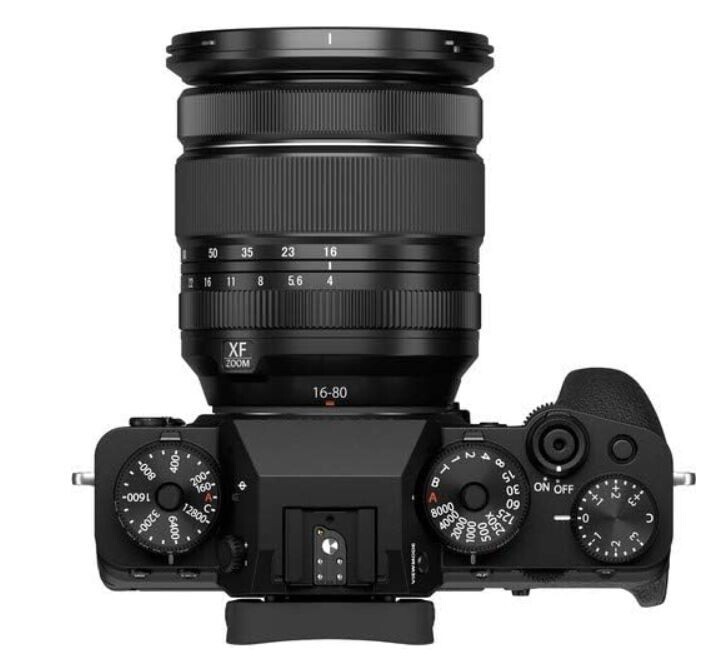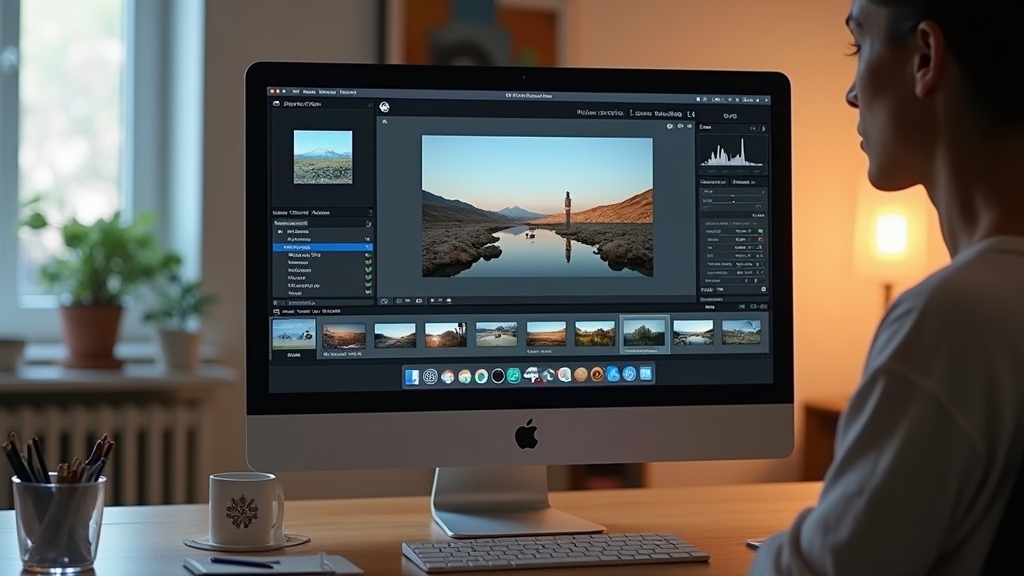Nature photography blends technical know-how with creative vision. Getting out into the wild to capture landscapes, flora, and fauna brings endless rewards and challenges. Whether you’re just beginning or fine-tuning your skills, the right tips can make your experience much more satisfying.
Perhaps you’ve encountered issues with low light, unpredictable weather, or uncertainty about which gear to invest in. With a few simple adjustments and well-planned techniques, you can produce eye-catching images that capture nature’s essence.
This guide presents effective steps to help you master nature photography. By understanding your equipment, using natural light wisely, and practicing consistently, you’ll be better prepared to capture moments that define the natural world.
Step 1: Get Acquainted with Your Gear
Before heading outdoors, it’s very important to know your camera inside and out. Familiarizing yourself with your equipment helps you adapt quickly and confidently in the field. Ask yourself: Do I have the right camera type for my style—whether DSLR, mirrorless, or compact? Are my lenses suitable for both wide landscapes and close-up nature shots? Do I own essential accessories like a tripod or filters that can improve my images? And how comfortable am I with manual settings such as aperture, shutter speed, and ISO?
An effective equipment checklist might include a reliable camera body that performs in varied light conditions, a selection of lenses to cover both expansive scenes and detailed shots, a sturdy tripod for stabilization, and a few filters (polarizing and ND) for controlling light and reflections. Organizing your gear in advance makes outdoor shooting a smoother, less stressful experience.

Step 2: Understand the Role of Light and Weather
Light is one of the most influential elements in photography. The quality, direction, and color of natural light can make or break an image. Learn to work with various lighting conditions for optimal results:
- Golden hours: The period just after sunrise and before sunset offers soft, warm light that flatters most scenes.
- Blue hour: Twilight provides a cool, calming atmosphere that can add mood to your photographs.
- Overcast days: Diffuse light on cloudy days reduces harsh shadows and helps bring out intricate details.
Keep an eye on weather forecasts to plan your outings around clear skies or dramatic conditions. Experimenting with foggy mornings, rainy scenes, or sunny days can sometimes result in extraordinary images when you’re ready to capture spontaneous moments.

Step 3: Scout and Research Locations
Success in nature photography often begins with selecting the right location. Areas that offer appealing backdrops or rare natural phenomena can be especially rewarding.
- Research local parks, reserves, and landmarks known for their scenic beauty.
- Use online resources and photography forums to track down hidden gems.
- Consider the best times of day and seasonal factors for visiting these sites.
Spending a little time scouting a location can pay huge dividends. A brief pre-visit helps you understand the setting, so you’re ready to capture compelling scenes when the moment arrives.

Step 4: Master Composition and Angles
A strong composition is key to engaging photographs. Simple adjustments in framing or perspective can dramatically improve the impact of an image.
- Rule of Thirds: Imagine dividing your image into a 3×3 grid. Placing important elements along these lines or intersections creates balance.
- Leading Lines: Natural features like rivers, trails, or rock formations can guide the viewer’s eye toward the focal point.
- Foreground Interest: Including objects in the foreground adds depth and context to your scene.
Try experimenting with various angles: low-angle shots can emphasize dramatic skies, while high-angle perspectives might showcase layered landscapes. Moving around and testing different viewpoints will help you decide which approach best conveys the scene.
Step 5: Stay Focused in the Field
The outdoors can be full of distractions—from sudden weather changes to unexpected wildlife. Establishing a process that keeps your attention on capturing the moment is very important.
- Prepare a basic shot list before setting out, but remain open to spontaneous moments.
- Limit the use of devices like smartphones until you’ve captured your intended scene.
- Develop a routine that helps you get in tune with the subtleties and details around you.
By removing distractions, you allow yourself to fully appreciate the unfolding scene. A focused approach results in images that are both thoughtful and true to the moment.

Step 6: Hone Your Editing and Post-Processing Skills
While nailing the perfect shot in the field is incredibly satisfying, editing is where you refine your work into a polished final product. Mastering basic post-processing techniques is a key step in telling a coherent visual story.
- Adjust Exposure: Fine-tune brightness and contrast to mirror the natural scene as closely as possible.
- Balance Colors: Give a boost to the natural colors without overprocessing.
- Cropping and Straightening: Ensure that horizons are level and compositions appear intentional.
- Clean Up Distractions: Remove any unwanted elements that detract from the main subject.
Start with simple edits using popular software, and then gradually experiment with more advanced techniques. It’s always a good idea to keep backups of your original files so you can revert any changes if needed.

Step 7: Build Consistency and Adapt Your Techniques
Developing a personal style in nature photography takes time and persistence. Over time, what worked initially may need tweaking as you gain experience and as shooting conditions change.
- Establish a flexible routine for your outings—even a loose plan can help maintain focus.
- Keep a photographer’s journal to note what worked, record challenges, and jot down ideas for future shoots.
- Participate in local photography projects or challenges to inspire you to try new methods.
- Seek feedback from fellow photographers to help refine your techniques.
No matter how many imperfect shots you take, every experience teaches you something valuable. Over time, your style will develop naturally, and you’ll find that adapting quickly to different conditions becomes second nature.
Common Questions & Troubleshooting
What if I’m unsure about which gear to invest in?
When you’re just starting, the sheer number of options can be overwhelming. It’s best to begin with a camera that offers full manual control paired with a versatile lens. As you better understand your shooting style and needs, you can gradually bring in more specialized gear.
How do I manage tricky lighting or sudden weather changes?
- Monitor weather forecasts closely to plan your shoots around favorable conditions.
- If harsh light strikes, find natural shade or use a diffuser to soften the effect.
- Sometimes, unexpected conditions—such as rain or dramatic backlighting—can create unique and memorable images.
What if my photos don’t turn out as expected?
Remember that practice is really important in photography. Not every shot will be perfect, but each one offers a learning opportunity. Take note of the settings and conditions, and use that information to adjust your approach next time. Every misstep helps you improve your techniques.
Final Thoughts & Next Steps
Nature photography is both a technical and creative adventure. Every outdoor session is a chance to hone your skills and stumble upon new perspectives. Preparing your gear, understanding light, and scouting locations are just the beginning of your photographic adventure.
Your action plan might include spending more time with your camera before your next outing, scouting local spots to plan for optimal shooting times, experimenting with various compositions and angles, and learning basic editing techniques to refine your images afterward.
This rewarding process is not just about capturing a scene. It’s about experiencing nature in its purest form and translating that experience into a powerful image. What new technique or setting are you eager to try on your next adventure? Share your thoughts and ideas with others, and continue growing as a photographer.





Mastering nature photography requires a blend of patience, technique, and creativity. Capturing the perfect shot often means waiting for the right lighting conditions and understanding how natural elements interact with your subject.
The rule of thirds can turn an ordinary landscape into something breathtaking. It’s also fascinating how different lenses impact the depth and detail of a shot, especially when photographing wildlife from a distance. The challenge of working with unpredictable elements like weather and wildlife movement is what makes nature photography so rewarding if you ask me.
Absolutely! Nature photography is all about timing and perspective. The rule of thirds really helps bring out the beauty in landscapes, and the right lens can make all the difference, especially for wildlife shots. The unpredictability of nature: weather, lighting, and movement. IT keeps things exciting and makes every great shot feel like a real achievement. Do you have a favorite nature photography moment?